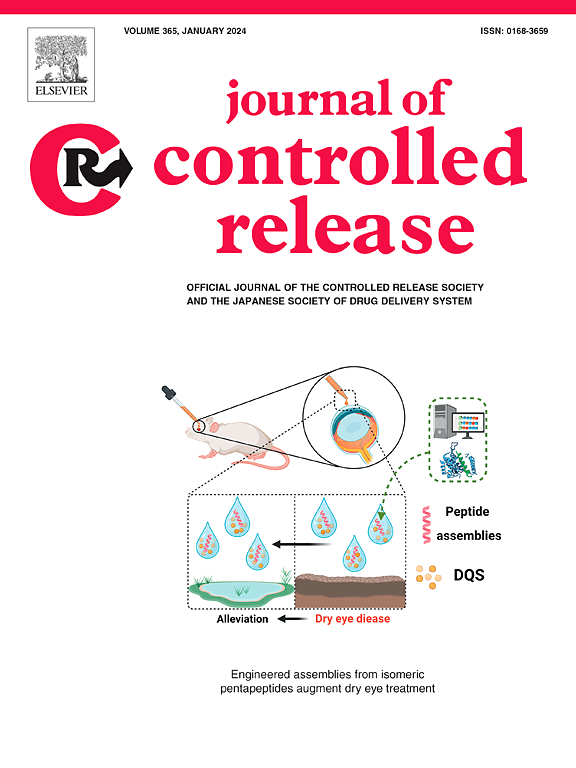Tolerogenic nanovaccines for the treatment of type I allergic diseases
IF 10.5
1区 医学
Q1 CHEMISTRY, MULTIDISCIPLINARY
引用次数: 0
Abstract
The high prevalence of type I allergic diseases such as allergic rhinitis, allergic asthma, food allergies, allergic conjunctivitis, and atopic dermatitis has emerged as a significant public health concern globally. Failure of immune tolerance to ordinarily harmless substances or stimulation, and subsequent induction of T helper 2 cells by antigen-presenting cells evokes the allergic immune response, which results in persistent inflammation, tissue damage, and organ function impairment. Current therapeutic approaches for allergic diseases include avoiding allergen exposure, corticosteroids, biologics, etc. However, these strategies only relieve allergic symptoms but hardly prevent the deteriorative progression and may have adverse effects on patients. With the rapid development of nanotechnology and immunology, emerging tolerogenic nanovaccines represent novel approaches with the potential to cure type I allergic diseases rather than merely alleviate symptoms. In this review, we expound the burgeoning field of tolerogenic nanovaccines against type I allergic diseases, highlight various types of antigens employed in constructing allergen extracts, protein/peptide and nucleic acid-based tolerogenic nanovaccines, and discuss their application in allergic rhinitis, allergic asthma, food allergies, allergic conjunctivitis, and atopic dermatitis.

求助全文
约1分钟内获得全文
求助全文
来源期刊

Journal of Controlled Release
医学-化学综合
CiteScore
18.50
自引率
5.60%
发文量
700
审稿时长
39 days
期刊介绍:
The Journal of Controlled Release (JCR) proudly serves as the Official Journal of the Controlled Release Society and the Japan Society of Drug Delivery System.
Dedicated to the broad field of delivery science and technology, JCR publishes high-quality research articles covering drug delivery systems and all facets of formulations. This includes the physicochemical and biological properties of drugs, design and characterization of dosage forms, release mechanisms, in vivo testing, and formulation research and development across pharmaceutical, diagnostic, agricultural, environmental, cosmetic, and food industries.
Priority is given to manuscripts that contribute to the fundamental understanding of principles or demonstrate the advantages of novel technologies in terms of safety and efficacy over current clinical standards. JCR strives to be a leading platform for advancements in delivery science and technology.
 求助内容:
求助内容: 应助结果提醒方式:
应助结果提醒方式:


